44 the class or division hazard labels indicate
PDF DOT CHART 16 Hazardous Materials Markings,Labeling and Placarding Guide each label represents a hazard of the material contained in the package [§172.401]. • For labeling mixed or consolidated packages, see §172.404. • The appropriate hazard class or division number must be displayed in the lower corner of a primary and subsidiary hazard label [§172.402(b)]. eCFR :: 29 CFR 1910.1200 -- Hazard communication. (2) The chemical manufacturer, importer, or distributor shall ensure that the information provided under paragraphs (f)(1)(i) through of this section is in accordance with Appendix C to § 1910.1200, for each hazard class and associated hazard category for the hazardous chemical, prominently displayed, and in English (other languages may also ...
DOT Hazard Classes - Hazmat University This hazard class is further broken down into three divisions: 2.1 Flammable gas (e.g. spray paint and lighters) 2.2 Non-flammable compressed gas (e.g. oxygen generators and shock absorbers) 2.3 Poisonous gas (e.g. Chlorine Gas and Phosgene Gas) Hazard Class 3 - Flammable Liquids Examples of common flammable liquids include perfumes and paint
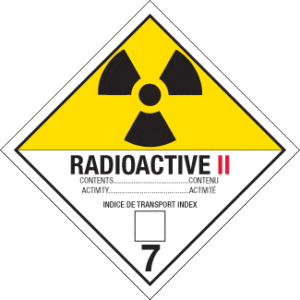
The class or division hazard labels indicate
Dangerous Goods Shipping Job Aid - FedEx Ensure that labels are readily visible and not obscured or overlapped at all by any of the packaging or by any other label. b. Hazard Labels: • Labels identifying the primary and subsidiary hazards of the dangerous goods must bear the class or division number (IATA 7.2.3.2). c. Handling Labels: • The Cargo Aircraft Only label must be used GHS hazard pictograms - Wikipedia Hazard pictograms form part of the international Globally Harmonized System of Classification and Labelling of Chemicals (GHS). Two sets of pictograms are included within the GHS: one for the labelling of containers and for workplace hazard warnings, and a second for use during the transport of dangerous goods. Either one or the other is chosen, depending on the target … 49 CFR -172.101 Hazardous Materials Table info - MaselliWeb The hazard class of a hazardous material is indicated either by its class (or division) number, its class name, or by the letters "ORM-D".
The class or division hazard labels indicate. Dangerous goods classes and hazard labels - Civil Aviation Safety Authority Below are the 9 hazard labels for the 9 classes of dangerous goods. Class 1 Explosives Class 1 explosives This includes items such as: explosive substances pyrotechnic devices ammunition fireworks detonators. Class 2 Gases Class 2 gases These can be transported as compressed, liquefied, refrigerated liquefied or gas in solution. 49 CFR § 173.2 - Hazardous materials classes and index to hazard class ... § 173.2 Hazardous materials classes and index to hazard class definitions. The hazard class of a hazardous material is indicated either by its class (or division) number, its class name, or by the letters "ORM-D". What is a Class 1 Division 2 Hazardous Area? | Abhisam A Class 1 location means that the location has presence of explosive and or flammable mixtures of vapors or gases. The Division 1 signifies that these hazardous gas or vapor air mixtures are present normally or for large periods of time. This is thus a more hazardous location than a Division ... DOT Flashcards - Quizlet Which class 7 radioactive materials hazard class label should be affixed to a radioactive materials ... UN1992, PGII - How far apart may the Class 3 and Div. 6.1 labels be placed? within 150 mm (6 inches) of one another. ... A top consists of a ring of mass m = 0.52 kg and mean radius r = 60 mm mounted on its central pointed shaft with spokes ...
UN 1267 - Petroleum Crude Oil - Labelmaster 31/08/2017 · Hazard Class Labels; Battery Labels; Regulated Labels and Markings; Other Labels and Marks; Order History; ... Hazard Class or Division: 3: Worded: Blank: 4-Digit: International Wordless: Orange Panel: Tagboard: Z-PL2: ZT2: ZTP2-1267: IPL2: ... the digits indicate the following hazards: 3 - Flammability of liquids (vapors) ... 49 CFR § 172.402 - Additional labeling requirements. | CFR | US Law ... In addition to the label specified in column 6 of the § 172.101 table, each package of Class 1 material that also meets the definition for: (1) Division 6.1, Packing Groups I or II, shall be labeled POISON or POISON INHALATION HAZARD, as appropriate. (2) Class 7, shall be labeled in accordance with § 172.403 of this subpart. WHMIS 2015 - Hazard Classes and Categories : OSH Answers Each hazard class or category must use specific pictograms and other label elements to indicate the hazard that is present, and what precautionary measures must be taken. Use the information provided by the label and SDS to be informed and to know how to safely use, handle, store and dispose of the hazardous product. The Nine Classes of Hazardous Materials - Hazsim Class 1: Explosives This first class is broken into 6 different divisions within itself. Each division carries a specific hazard, with explosion being the number one or most significant. Division 1.1 - Explosives which have a mass explosion hazard Division 1.2 - Explosives which have a projection hazard but not a "mass" explosion hazard.
Hazmat Labels, Hazmat Placards, and Hazmat Markings - Labelmaster The Department of Transportation has defined 9 Hazard Class Groups. They are separated by distinct hazardous properties and shipping requirements. Hazard Class 1 - Explosives Hazard Class 2 - Gases Hazard Class 3 - Flammable and Combustible Liquids Hazard Class 4 - Flammable Solids Hazard Class 5 - Oxidizing Substances, Organic Peroxide Dangerous Goods Classes and Symbols - ChemSafetyPro.COM Substances (including substances and mixtures), and articles are assigned to one of the following 9 classes according to the most predominant hazards they pose in transport. Some of the classes can be further divided into divisions, e.g., Class 1, while others do not have sub-divisions, e.g., Class 3. Class 1 Explosives Class 2 Gases California Code of Regulations, Title 8, Section 5194. Hazard ... Sep 28, 2018 · (1) This section requires manufacturers or importers to classify the hazards of chemicals which they produce or import, and all employers to provide information to their employees about the hazardous chemicals to which they may be exposed, by means of a hazard communication program, labels and other forms of warning, safety data sheets, and information and training. Combustible Dust National Emphasis Program | Occupational … 18/10/2007 · Hazard communication violations. The hazard communication standard, 29 CFR 1910.1200, requires all employers to provide information to their employees about the hazardous chemicals to which they are exposed, by means of a hazard communication program, labels and other forms of warning, material safety data sheets, and information and training ...
Understanding HAZMAT Placards - ArcBest They'll also have the number 1 to indicate the class. Red Red is for flammable goods like gasoline, rubbing alcohol, paint and acetone, which can fall into Classes 2 or 3. These placards feature a flame image and usually have the words flammable, gasoline, combustible or fuel oil. Green
CHAPTER 7 - RECALL ACTIVITIES - Food and Drug Administration CHAPTER 7 INVESTIGATIONS OPERATIONS MANUAL 2022 . 7-2 . 7.1.1.5 - Depth of Recall . Depending on the product's degree of hazard and extent of distribution, the recall strategy will specify the ...
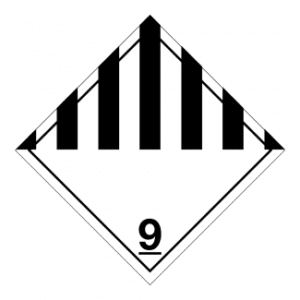
Hazard Class 9 - Miscellaneous Hazardous Material, Non-Worded, Vinyl Label | ICC Compliance Center
LQ Label/LQ Mark - GHS Label | Hazard Warning Label | Hibiscus Plc 07/01/2022 · Although the enlarged Limited Quantity mark has dimensions identical to the hazard warning placards (250mm x 250mm), the Limited Quantity Mark is NOT a placard. Placards are enlarged class labels (warning diamonds) applied to …
Hazmat Placards and Hazardous Waste Labels A label for the material's primary hazard displays the Hazard Class/Division number on the bottom corner. A label for subsidiary hazards must not display the Class/Division number on the bottom corner. Flammable Liquid Label Flammable Placard Fig. 1: Labels and placards are not identical.
Classes 1-9 of dangerous goods explained Class 1 Explosive substances and articles Class 1 contains substances and articles which pose a hazard due to explosion. Items in Class 1 are further divided into divisions 1.1 - 1.6 depending on the nature of the explosion hazard and the sensitivity of the item. A compatibility group, consisting of a single letter, is also assigned to each item.
GHS Hazard Classification: Everything You Need to Know A chemical will have a hazard class, and within that class are several hazard categories, of which one or more will apply. Section 2 of the new GHS Labels and SDSs require hazard statements which are determined by assigning a hazard class and category. As a manufacturer, importer, or distributor you'll need to know how to classify hazards.
Hazardous Materials Segregation Table from Labelmaster O. O. O. X. (e) instructions for using the segregation table for hazardous materials are as follows: (1) The absence of any hazard class or division or a blank space in the table indicates that no restrictions apply. (2) The letter "X" in the table indicates that these materials may not be loaded, transported, or stored together in the same ...
Can hazardous materials be under more than one class? Some HazMat with more than one hazard class or division are not required to be classified according to the directives of 49 CFR 173.2a, ... Question 4 of 22 4.0/ 4.0 Points What dos the DOT label 1.2K mean? There is an explosive hazard class with a projection hazard. Hazmat Class 1 are Explosive materials, ...
HAZMAT Class 6 Toxic and infectious substances - Wikipedia Divisions. Division 6.1: Poisonous material is a material, other than a gas, which is known to be so toxic to humans as to afford a hazard to health during transportation, or which, in the absence of adequate data on human toxicity: . Is presumed to be toxic to humans because it falls within any one of the following categories when tested on laboratory animals (whenever possible, animal test ...
Transportation of Dangerous Goods (TDG) - Classification Consult Schedule 3 for the shipping name that most precisely describes the dangerous goods. Use the shipping name and its corresponding data (UN number, class, packing group/category) in Schedule 1 to assign the classification to the dangerous good. For example: UN1993, FLAMMABLE LIQUID, N.O.S. Class 3 Packing Group III.
PDF §172.101 HAZARDOUS MATERIALS TABLE - University of Akron §172.101 HAZARDOUS MATERIALS GUIDE 172--24 §172.101 HAZARDOUS MATERIALS TABLE, Continued Sym-bols (10) Vessel stowage (9) Quantity limitations (8) Packaging Special (§173.***) provisions (§172.102) Label PG Codes Identifi-cation Numbers Hazard class or Division Hazardous materials descriptions and proper shipping names Cargo Location Other ...
APA, MLA and Chicago citation generator: Citefast automatically … When a specific page, section, equation, or other division of the work is cited, it follows the date, preceded by a comma. When a volume as a whole is referred to, without a page number, vol. is used. For volume plus page, only a colon is needed. The n in the Fischer and Siple example below indicates "note" (see 14.164).
Limited Quantity Label | LQ Label/LQ Mark - Hazard Warning Label Jan 07, 2022 · Although the enlarged Limited Quantity mark has dimensions identical to the hazard warning placards (250mm x 250mm), the Limited Quantity Mark is NOT a placard. Placards are enlarged class labels (warning diamonds) applied to vehicles, CTUs and intermediate bulk containers.
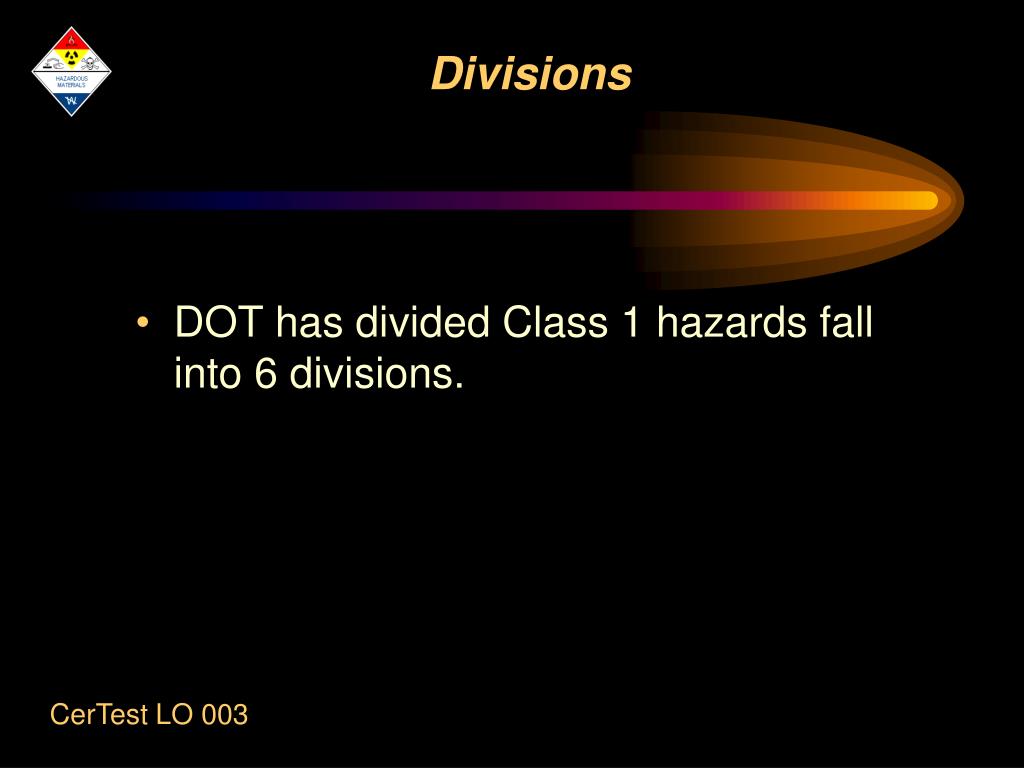
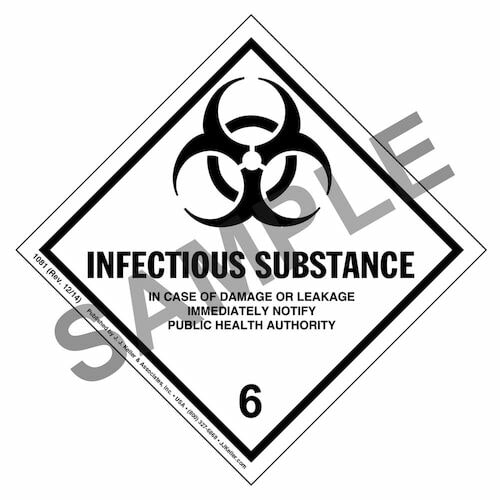
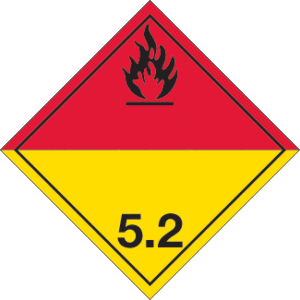


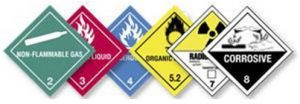
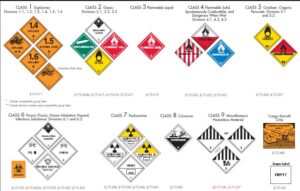
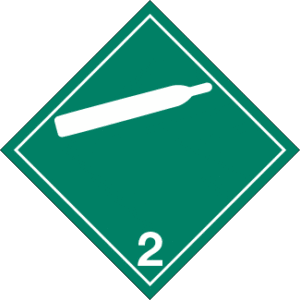
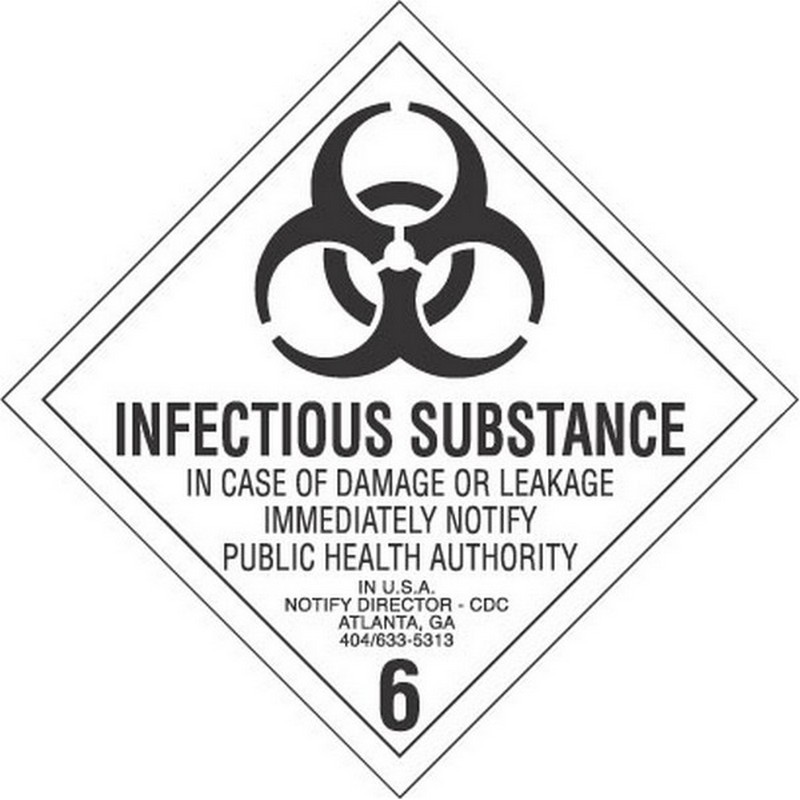
Post a Comment for "44 the class or division hazard labels indicate"